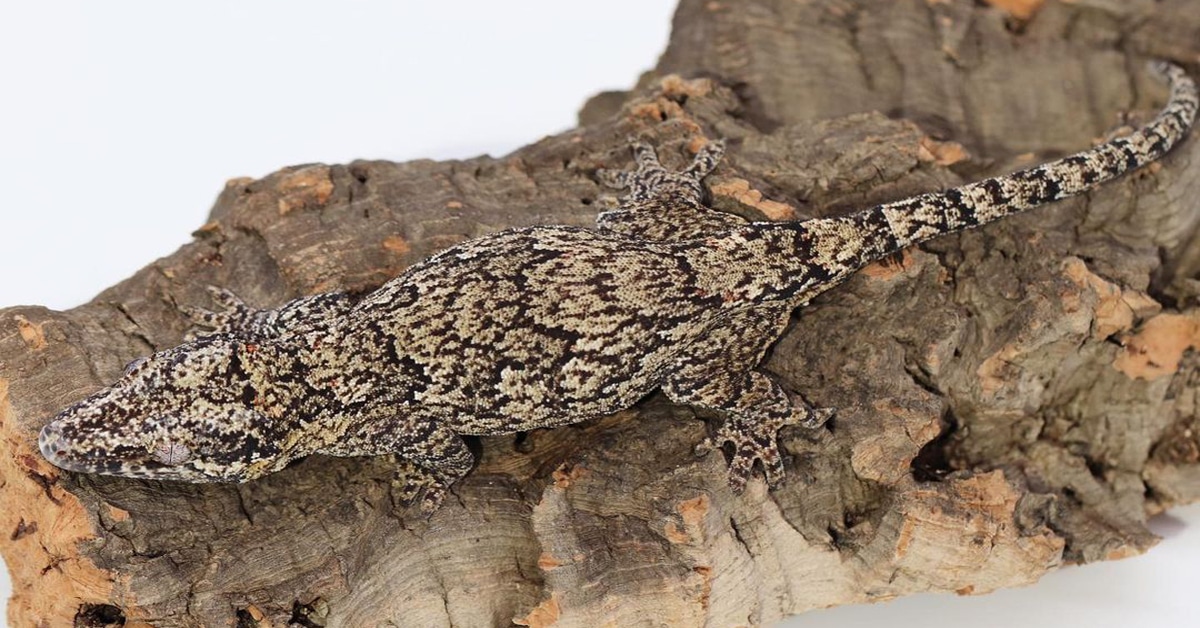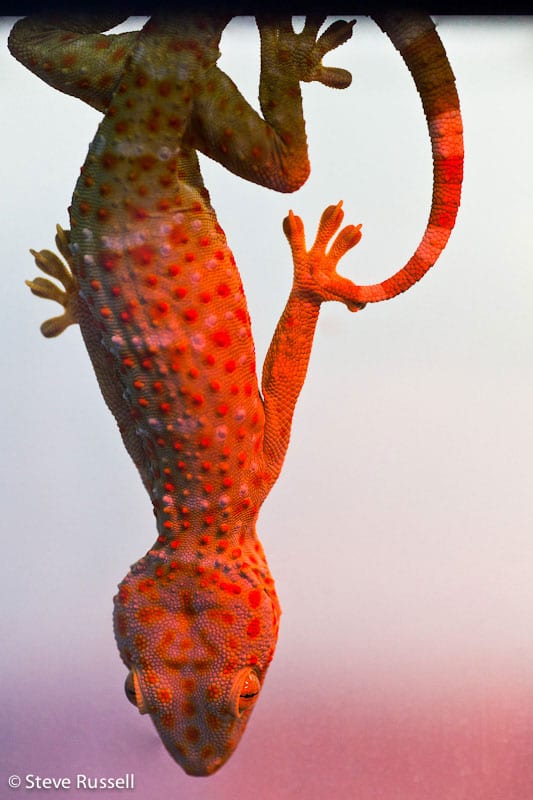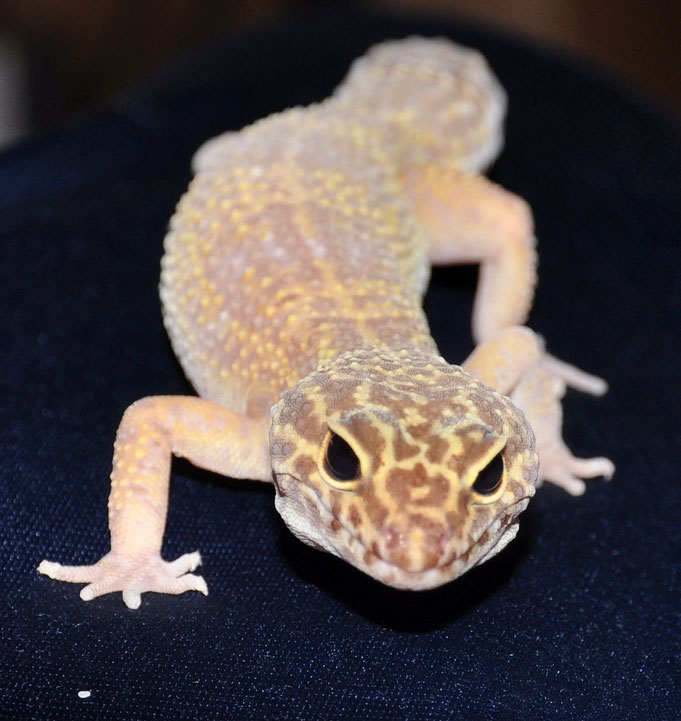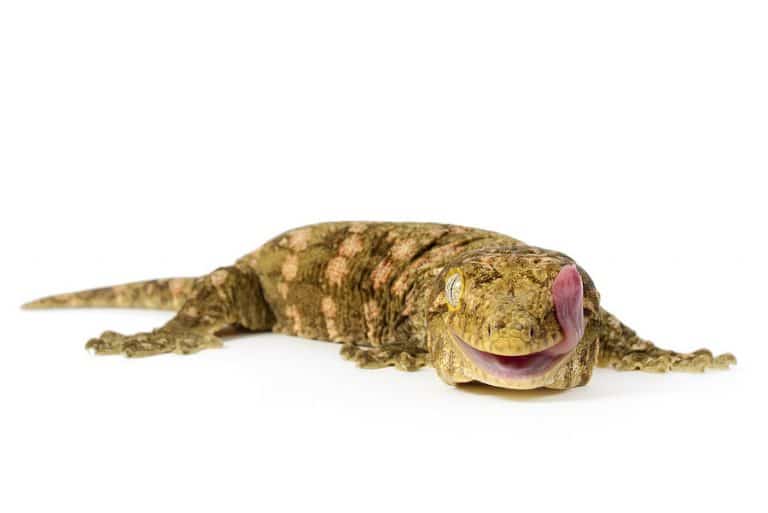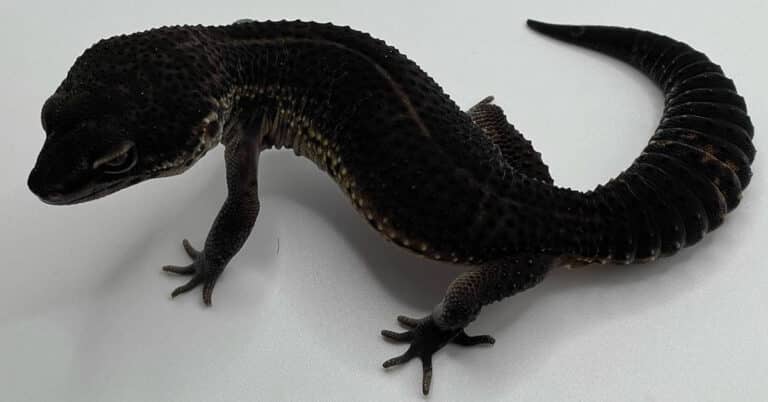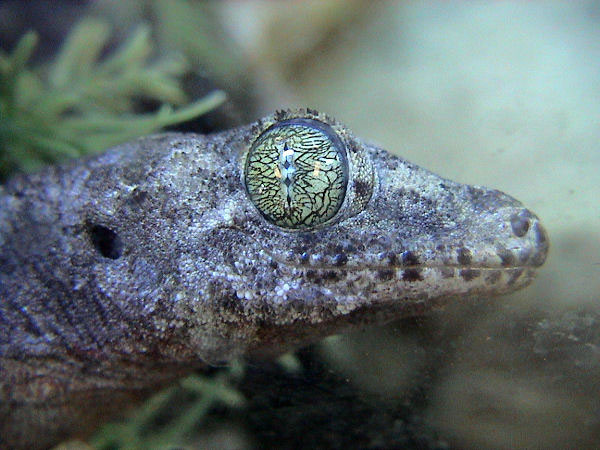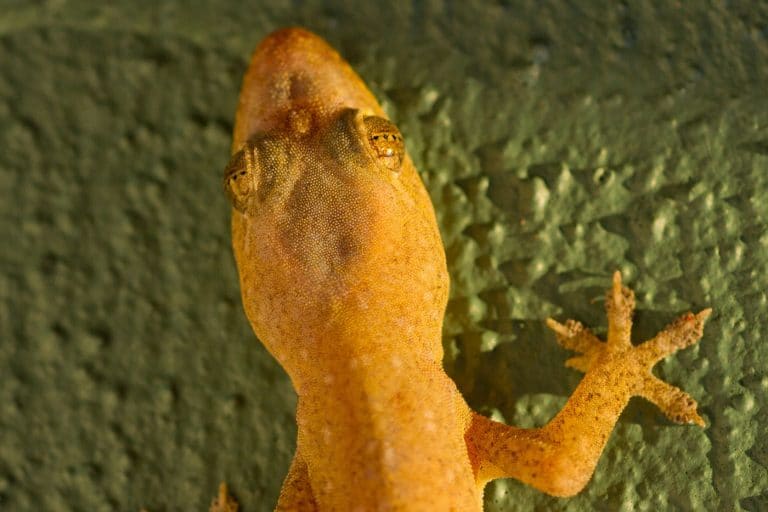Geckos In Florida – 8 Fascinating Species
What types of geckos are in Florida? Not just in the United States, but all around the world, Florida offers some of the most dynamic, diverse, and beautiful fauna. Florida’s semi-tropical environment, which offers ideal circumstances for a variety of plant and animal life, is largely to blame for this.
Geckos in Florida are among the most visually distinctive of the state’s fascinating reptiles. By reading on, you can explore more about the geckos in Florida, their characteristics, and their habits!
8 Species of Geckos in Florida
1. Reef Gecko
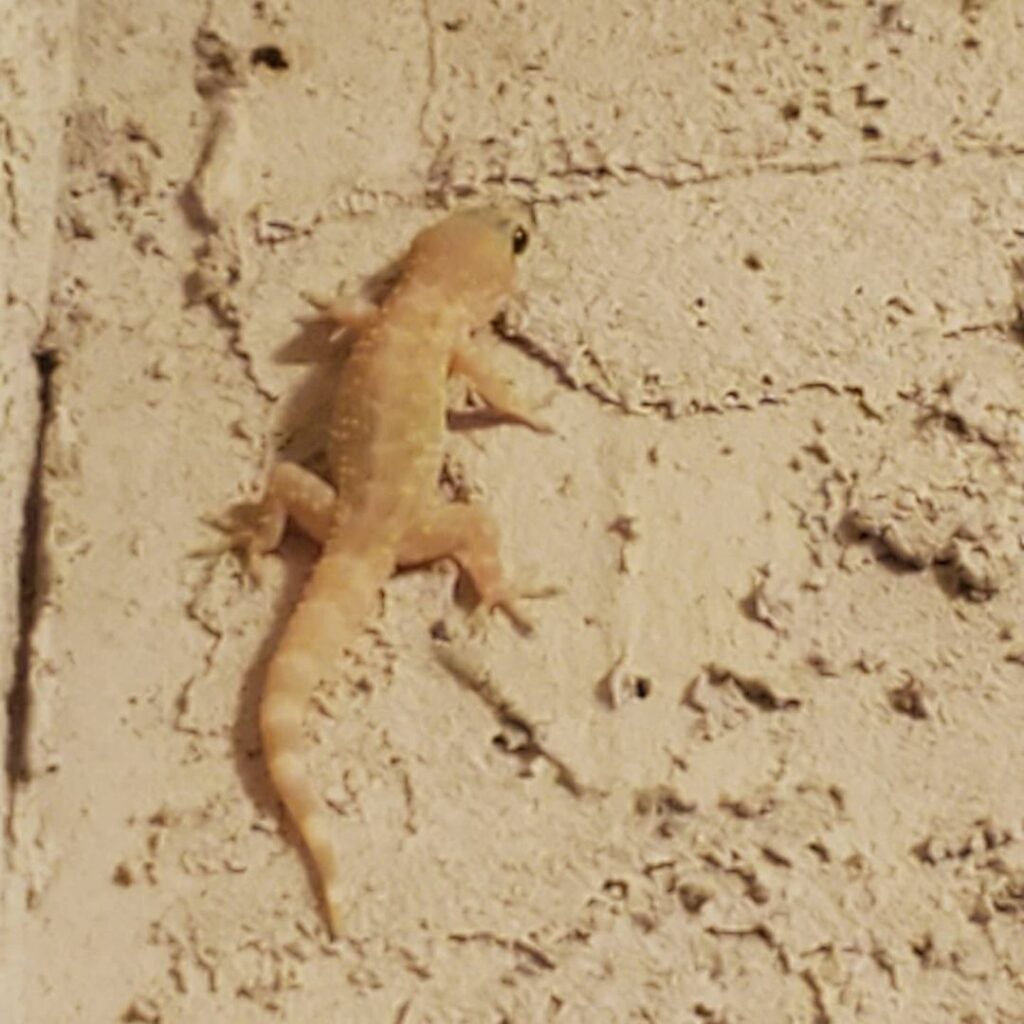
The only species on the list of geckos in Florida is the tiny Reef gecko, which is native to Florida. It is also indigenous to a few Caribbean islands. The warm, humid conditions of these equatorial locales enable the reef gecko to comfortably thrive rather than just endure.
One of Florida’s smallest reptiles, reef geckos, grows only to be about 2 inches long. Their tails are the length of their bodies. They are primarily brown or tan, with darker brown patches and stripes. They only eat insects as food.
2. Tropical House Gecko
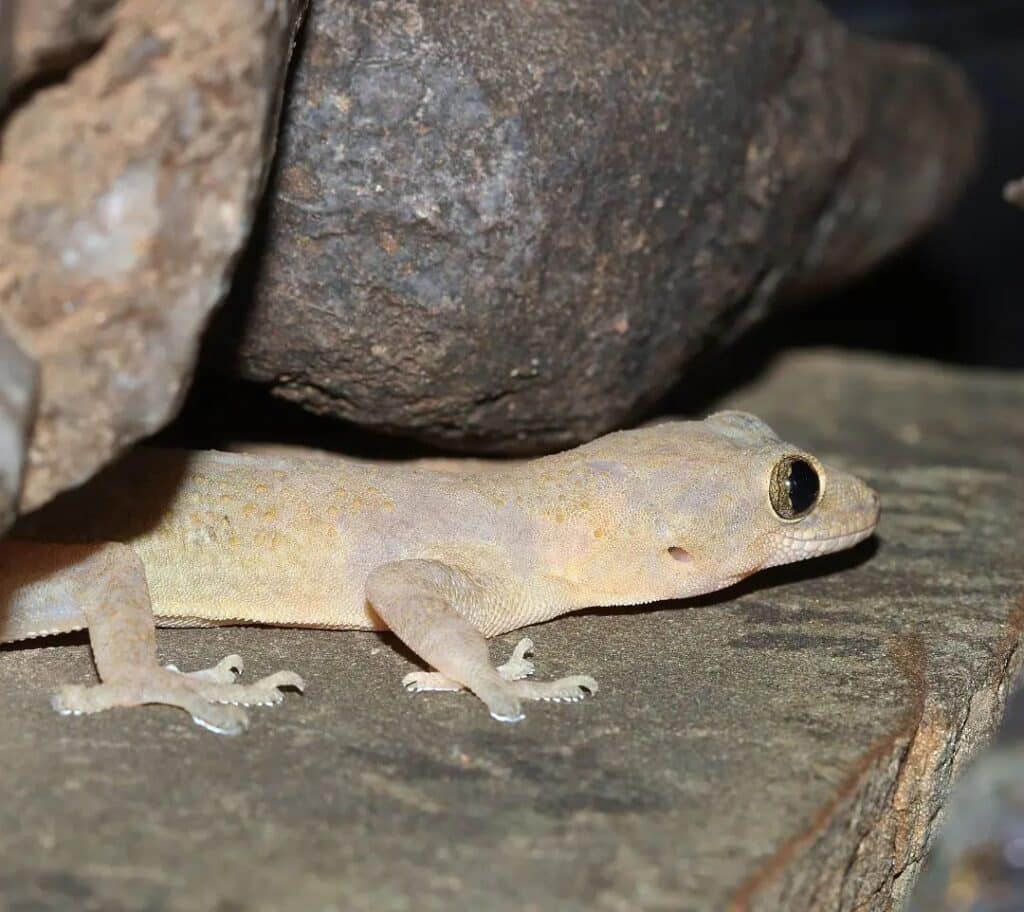
The next member of the list of geckos in Florida is the tropical house gecko, which has a wide geographic distribution. Originally, a small number of Sub-Saharan African nations like Tanzania, Zimbabwe, and Uganda were home to this species.
The Caribbean and the warmer, more humid parts of all three Americas — North, Central, and South — have seen the establishment of these resilient, adaptive lizards. Tropical house geckos often measure 3 to 5 in length, from nose to tail. Their bodies are light brown or tan, with spotted gray, black, and dark brown patterns. Its eyes are bulbous and project with vertical, slit-shaped pupils, like those of most geckos in Florida.
These types of geckos in Florida have remarkable eyesight because they are nocturnal creatures. It can enlarge its pupils to let in as much light as possible, even in practically total darkness, because of its enormous eyes and peculiarly shaped pupils. The distinctive, if somewhat dull, the coloring of tropical house geckos enables them to blend in well with tree bark and leaf litter.
The geckos in Florida may also quietly alter their color to blend in with their surroundings and conceal themselves from their numerous natural predators. They can successfully ambush and devour their bug prey with the aid of this cunning camouflage.
3. Ocellated Gecko
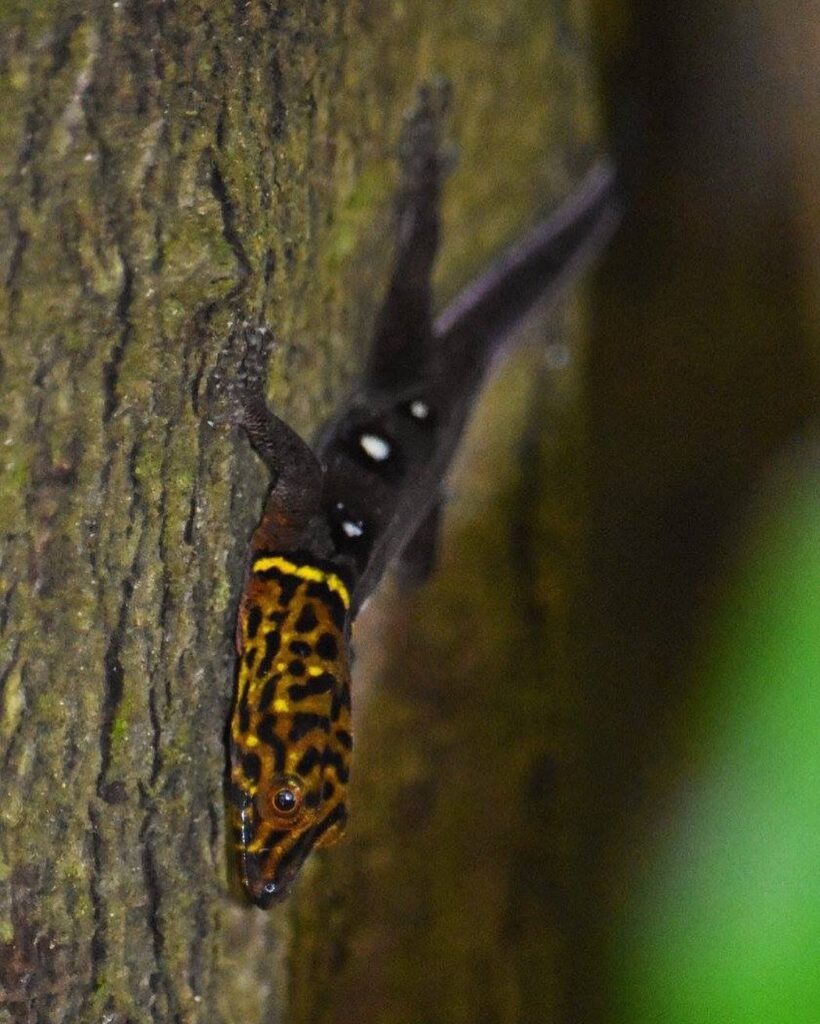
Next among the geckos in Florida is the Ocellated Gecko, commonly referred to as the ocellated or stippled sphere. The Florida Keys and South Florida are the only places where these species have developed colonies outside of their native Jamaica. It is also native to Cuba and the Bahamas. Ocellated geckos are relatively small lizards, measuring just 2 to 2.5 inches long.
They have little, circular specks of white or light tan tint that are primarily dark brown. From its snout to its tail, the gecko is covered in these markings. The gecko has broad, rounded brown eyes and a fairly long, pointed snout.
The ocellated gecko is a somewhat unusual species of gecko in Florida. Despite the fact that they don’t initially appear to be particularly distinctive or aesthetically remarkable, the majority of the Gekkota infraorder species are heavily arboreal. Although the ocellated gecko is primarily terrestrial and prefers to stay close to the ground despite being a skilled climber.
Additionally, the ocellated gecko is a diurnal species, in contrast to the bulk of nocturnal gecko species. This indicates that it is more active during the day and sleeps at night.
4. Madagascar Giant Day Gecko
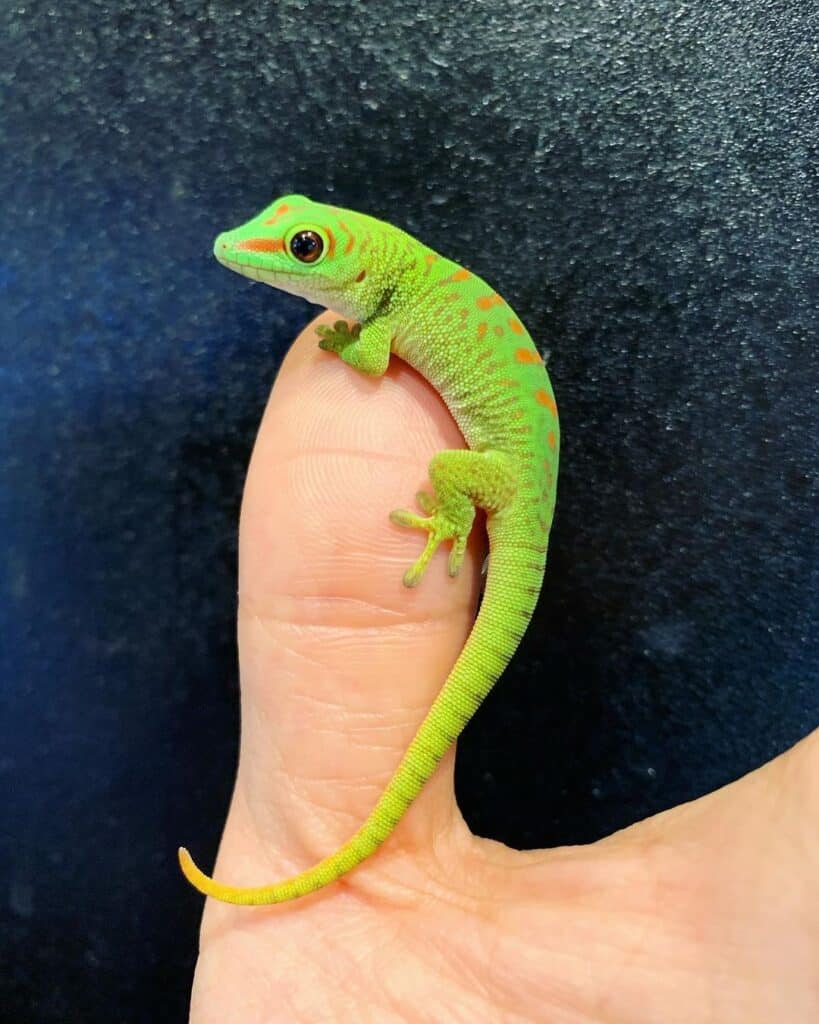
The Madagascar enormous day gecko is a diurnal, one of the largest geckos in the world, and native to Madagascar, as its name suggests. These vivid green geckos typically measure 9 to 11 inches from snout to tail. Typically, males are a little bit heavier and longer than females.
The island of Mauritius, as well as both Hawaii and Florida in the United States, are among the places where this robust, tenacious lizard has ventured far from its home country. They have started to settle in more cities as a result of habitat loss. In particular, the males are highly territorial and aggressive lizards when vying for mates and other resources.
Even though this specific day gecko shares a lot of similarities with other species, such as the gold dust day gecko, it is simple to tell them apart once you know what characteristics to look for. The primary distinction is size — MGD geckos are notably larger than any other day geckos in terms of both weight and length.
5. Yellow-Headed Gecko
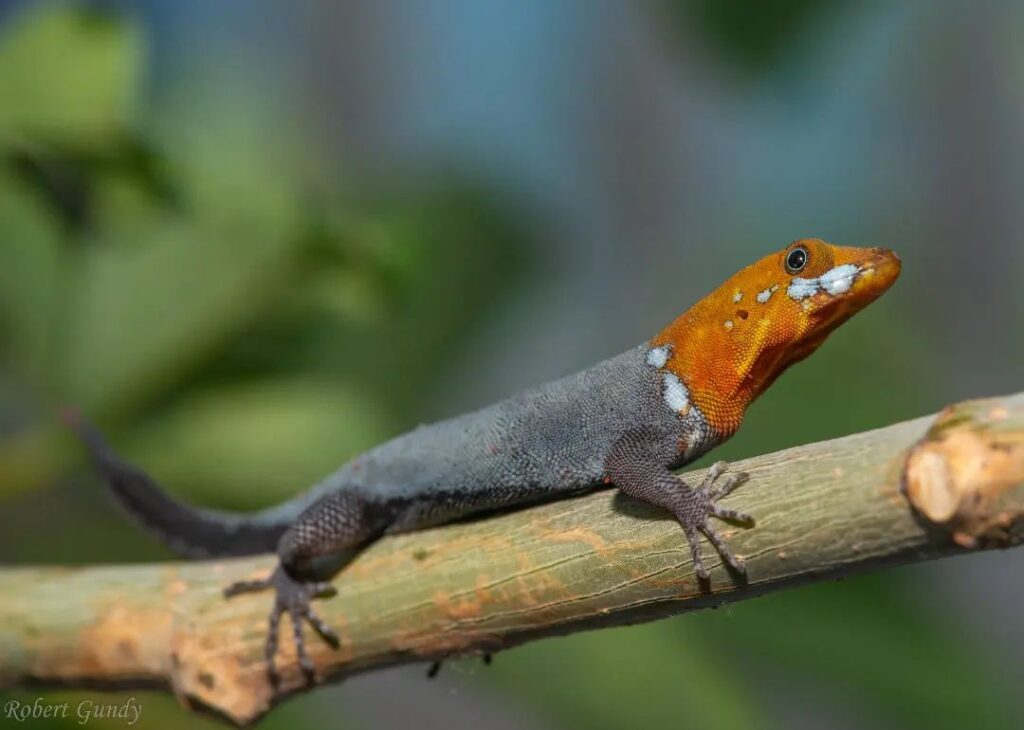
Now let’s meet the beautiful and colorful tiny reptile with the well-titled yellow head-you guessed it, the Yellow-headed Gecko, that is on the list of geckos in Florida. It’s crucial to remember that the species exhibits significant sexual dimorphism. It’s interesting to note that this unique coloring is only seen in the species’ males.
Its head is brilliant yellow or orange with pale blue patterns around the eyes, in contrast to the remainder of its body, which is a dull, mottled gray or brown color. Female yellow-headed geckos typically have heads that are a more uniform light brown or tan color instead of the yellow tint. When the lizards are about 6 months old, it is usually simple to identify males from females.
The yellow-headed gecko is found on the islands of Jamaica, Hispaniola, and Cuba, as well as in Central and South America. However, it has been recognized as an invasive species in the US, just like other geckos in Florida. It is primarily found in the hottest and muggiest areas of the nation, such as Florida’s keys. The yellow-headed gecko has small razor-sharp claws that resemble those of the Eublepharidae family of geckos in Florida.
6. Ashy Gecko
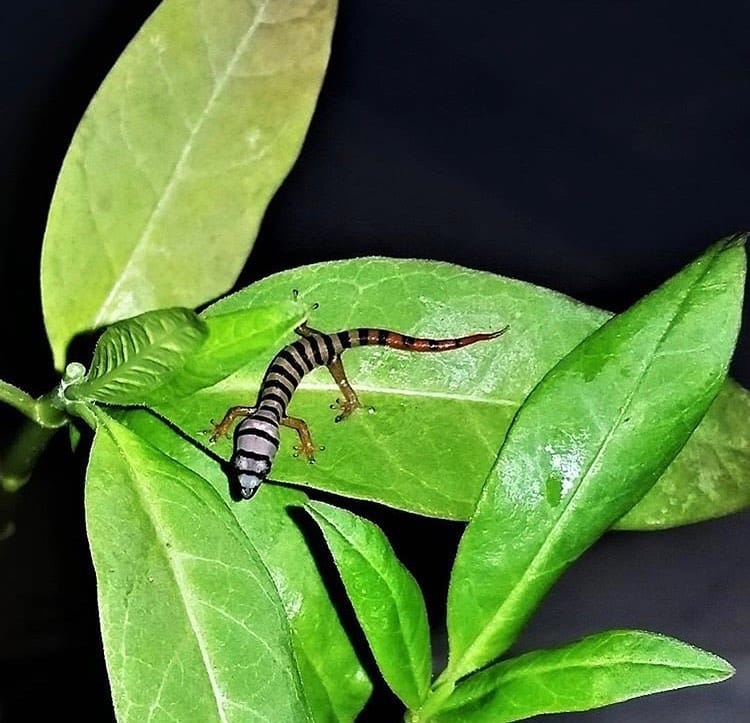
When in its juvenile growth stage, the Ashy gecko is a lovely tiny lizard with a predominant body color of light gray and horizontal stripes of darker gray. These stripes become thinner and more dispersed as the gecko ages. They gradually begin to resemble little dots and erratic marks.
The amazing feature of this lizard, though, is its vivid tail. Ashy geckos do not exhibit sexual dimorphism, so both sexes have stunningly colorful tails. They typically come in flaming, red, or cool blue hues. Unfortunately, this crazy neon tail color also becomes much more muted as the geckos mature, much like the juvenile string pattern stated earlier.
Although the Ashy gecko is indigenous to Cuba and Hispaniola, it was brought to South Florida in the 1920s. Due to the state’s near-tropical environment, the species still thrive there today. There are currently two subspecies of it, one of which has been imported to and is thriving in Florida.
These tiny, lightweight geckos, which are primarily arboreal, are only 3 inches long. Ashy geckos have recently gained popularity in the exotic pet market because of their small size, diurnal habits, appealing color, and generally calm disposition.
7. White-Spotted Wall Gecko
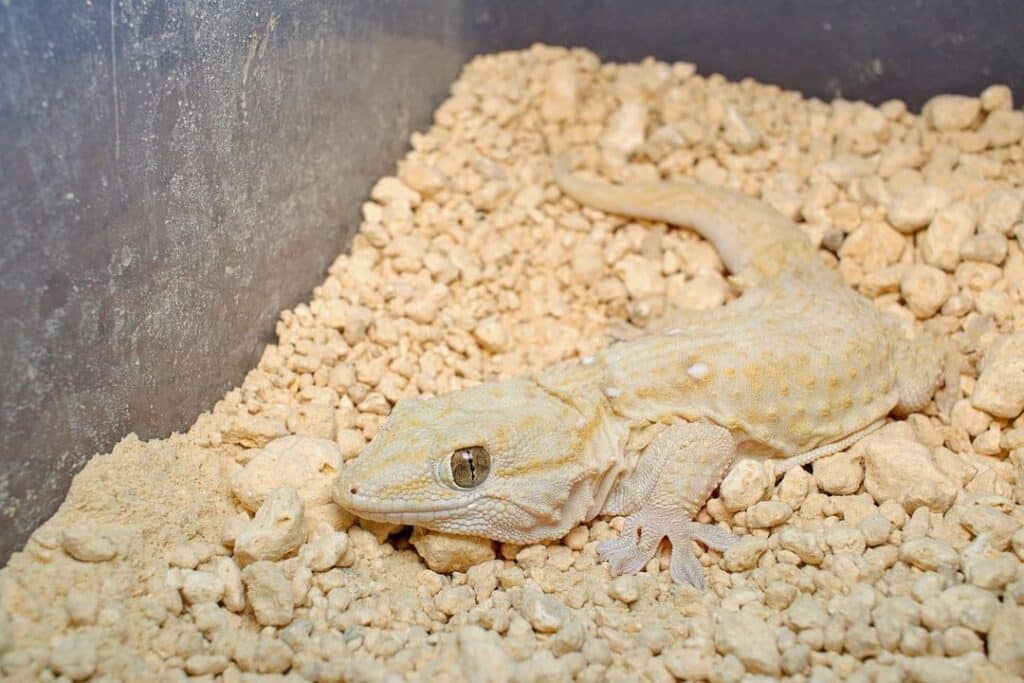
Northern Africa is the white-spotted wall gecko’s native habitat. It is also occasionally called the ringed wall gecko. Particularly significant native populations can be found in nations like Ethiopia and Egypt. It is unclear precisely when or how humans brought these geckos to Florida. However, we are aware that the species has spread to California and Arizona in addition to Florida.
The White-spotted wall gecko lives up to its name by being primarily light yellowish-tan with numerous tiny, irregular white spots. The belly and feet of the lizard are also very light yellow or white in tint. Its tail has scales that are keeled slightly outward, giving it a pointed look.
The white-spotted gecko is another of the larger geckos on the list of geckos in Florida, often growing to a length of 6 to 8 inches. Males often have slightly bigger heads than females and are typically longer and heavier.
If you come across one of these geckos in the wild, make sure to keep your distance and examine it carefully. When threatened, white-spotted geckos tend to be fairly aggressive and may bite in self-defense if touched.
8. Flat-tailed House Gecko
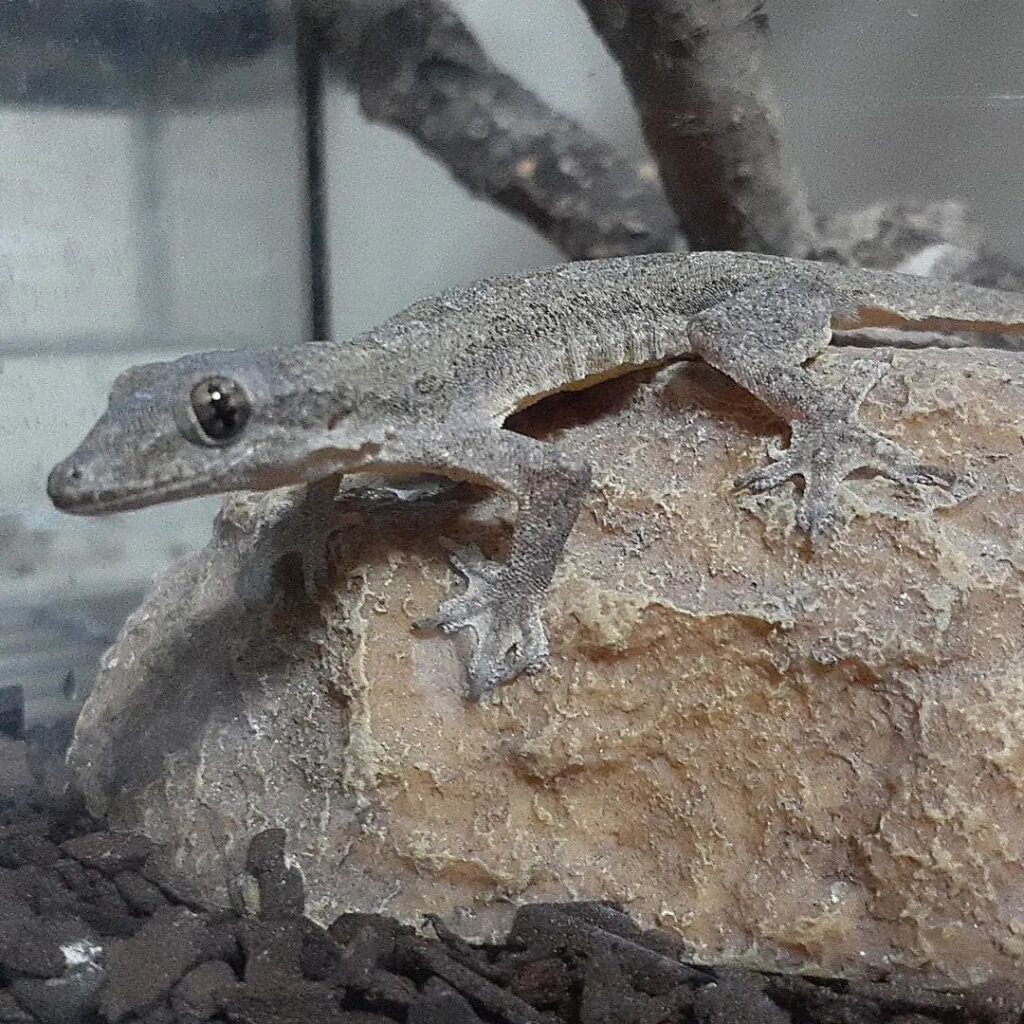
This long, slender gecko is last on the list of geckos in Florida. The species has been imported to South Florida, just like every other gecko in Florida. This lizard is about the middle of the pack in terms of size.
The typical flat-tailed house gecko measures between four and six inches in length. As its name implies, its tail and body are relatively thin and flat. Its body is mostly light gray with dark gray, tan, and brown markings. Due to its perfect fit with tree bark and leaf litter, the lizard’s patterns give it subtle concealment.
Interestingly, this species has gained popularity in the pet industry, especially among novice reptile hobbyists seeking a low-maintenance scaly friend. Flat-tailed house geckos are affordable, have straightforward care needs, and can live happily in relatively modest cages despite not taking well to handling.
It frequently gets confused with those species, and vice versa, due to its resemblance in size and look to other house geckos, including the Mediterranean and tropical house geckos.
Bottom Line
In this article, we explored different species of geckos in Florida. They are unique and remarkable in their own way. Of all the gecko species you can find in Florida, only one of them is native.
Geckos pose no threat to humans or animals. Still, it is advised to properly wash your hands to lower the chance of illness if a gecko is discovered in your home and you have touched or handled it.

Nato is a content writer and researcher with a background in psychology who’s eager to explore the wonders of nature. As a travel enthusiast and animal lover, she hopes to inspire others to discover and cherish the beauty and importance of the natural world.

